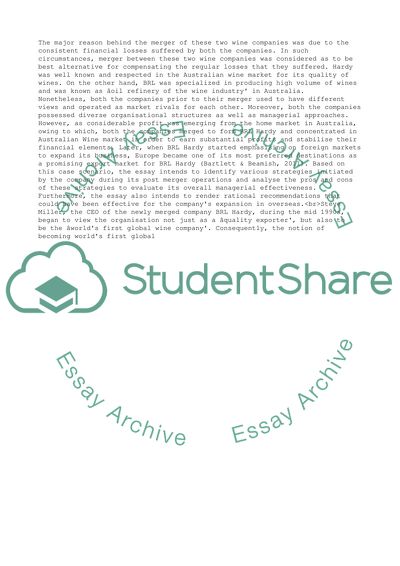Cite this document
(“Case study 'BRL Hardy: Globalizing an Australian Wine Company' Essay”, n.d.)
Retrieved from https://studentshare.org/business/1612733-case-study-brl-hardy-globalizing-an-australian-wine-company
Retrieved from https://studentshare.org/business/1612733-case-study-brl-hardy-globalizing-an-australian-wine-company
(Case Study 'BRL Hardy: Globalizing an Australian Wine Company' Essay)
https://studentshare.org/business/1612733-case-study-brl-hardy-globalizing-an-australian-wine-company.
https://studentshare.org/business/1612733-case-study-brl-hardy-globalizing-an-australian-wine-company.
“Case Study 'BRL Hardy: Globalizing an Australian Wine Company' Essay”, n.d. https://studentshare.org/business/1612733-case-study-brl-hardy-globalizing-an-australian-wine-company.


